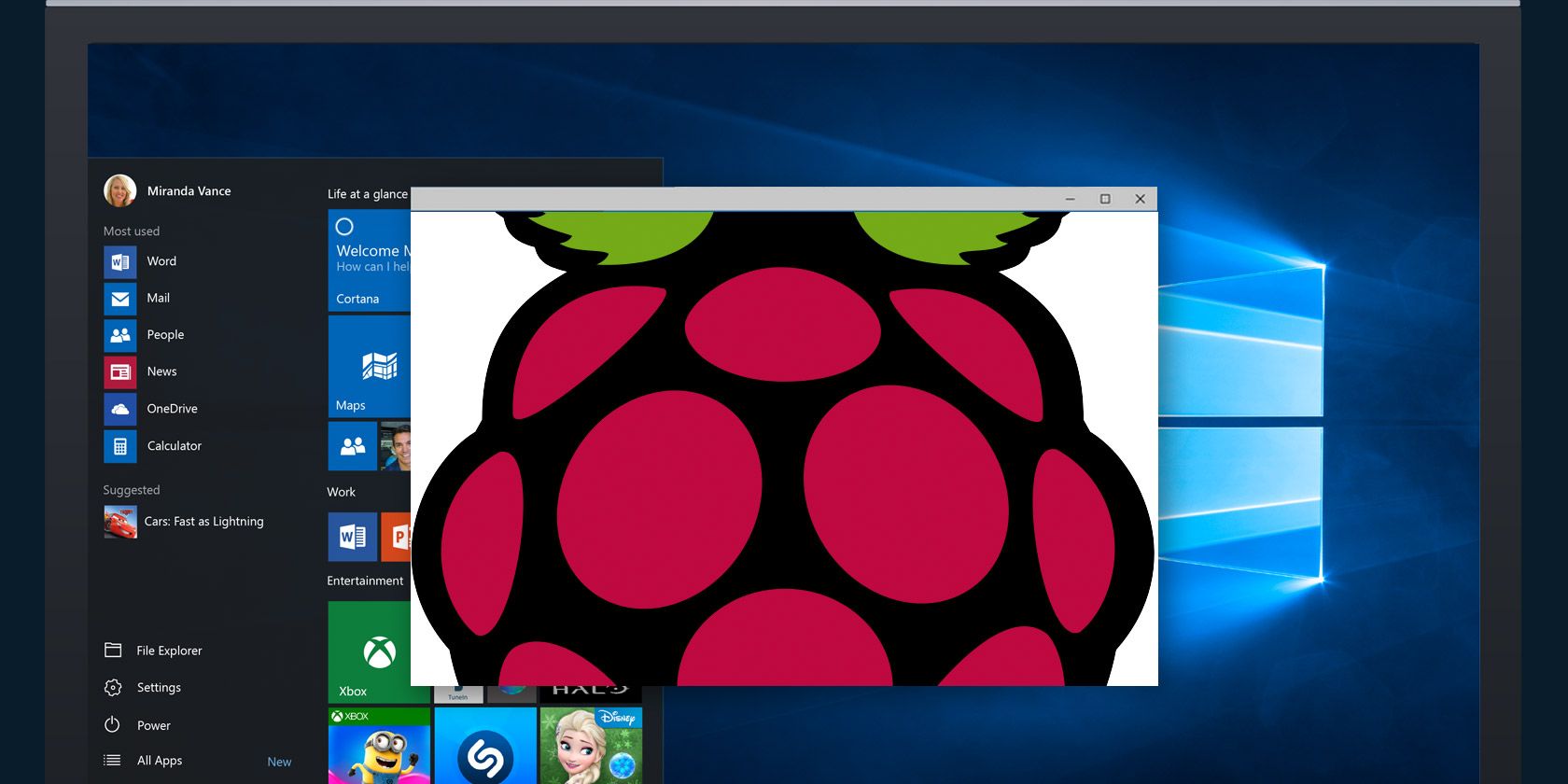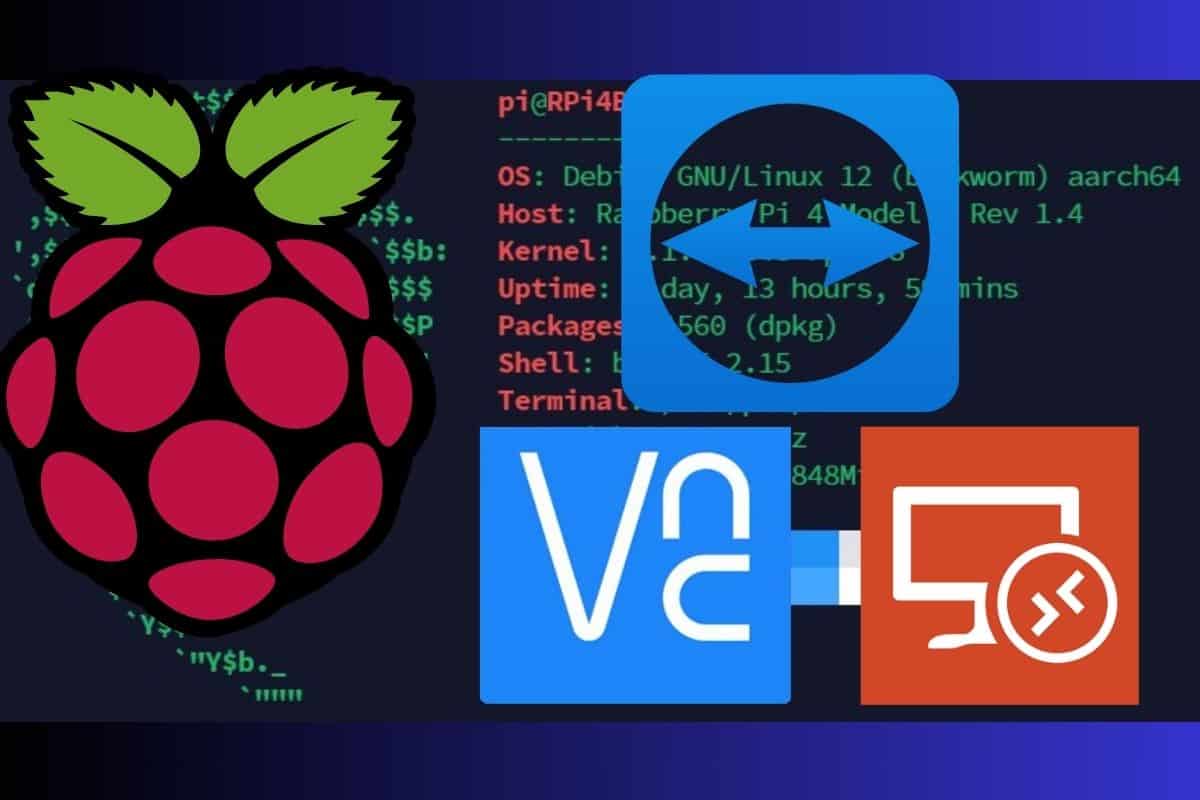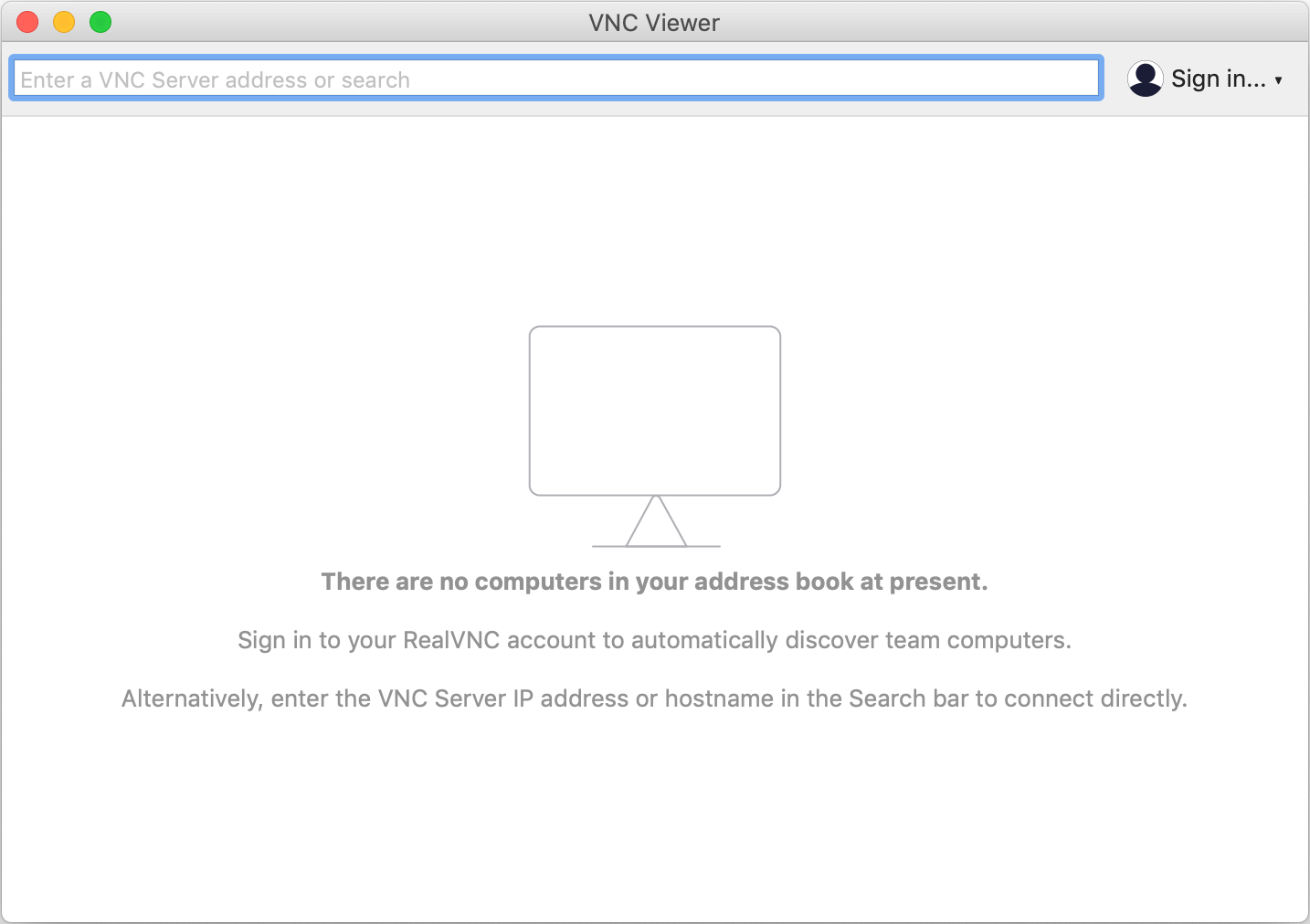Detail Author:
- Name : Mossie Bailey
- Username : abshire.amy
- Email : crooks.jalen@schiller.info
- Birthdate : 2004-11-07
- Address : 985 Gibson Spring South Omari, WV 72188
- Phone : +1 (770) 387-8731
- Company : Hansen Ltd
- Job : Home Entertainment Equipment Installer
- Bio : Ipsa explicabo inventore mollitia placeat quis quidem. Voluptate quasi officiis minima.
Socials
tiktok:
- url : https://tiktok.com/@addison_lesch
- username : addison_lesch
- bio : Commodi nobis voluptate facere nulla sed eius. Enim quasi odio totam natus et.
- followers : 5047
- following : 2923
instagram:
- url : https://instagram.com/addison_official
- username : addison_official
- bio : Aut sapiente neque vitae quia. Dolorum aut soluta dolorum nesciunt.
- followers : 5452
- following : 2035
twitter:
- url : https://twitter.com/addisonlesch
- username : addisonlesch
- bio : Nihil debitis est tenetur. Aperiam deserunt non dolor eos iusto eveniet rem. Dolores cupiditate consequatur est non. Laboriosam minima id quasi ad.
- followers : 3027
- following : 1185
linkedin:
- url : https://linkedin.com/in/addisonlesch
- username : addisonlesch
- bio : Ea eum exercitationem rerum qui qui perferendis.
- followers : 3438
- following : 2750
facebook:
- url : https://facebook.com/addison8302
- username : addison8302
- bio : Modi aut ipsam fugiat ratione qui ipsa.
- followers : 1788
- following : 1439
Do you ever wish you could reach your Raspberry Pi projects from anywhere, whether you're across the room or across the globe? It's almost like magic, isn't it? Well, good news! Getting raspberry pi remote access over internet free is not just a dream; it's a very real and achievable goal for anyone with a little patience and the right steps. This guide, you know, will show you exactly how to do it without spending a single penny, making your little computer truly yours, wherever you happen to be.
For many, the idea of connecting to a tiny computer that sits on your desk, from say, a coffee shop or a friend's house, seems a bit complicated. You might think you need fancy network setups or expensive services, but that's simply not the case anymore. Thanks to new official tools and widely used protocols, you can actually access your Pi's desktop or even its command line without all that fuss, which is pretty cool.
In this comprehensive guide, I'll share a few easy (and free) ways to access your Pi remotely. We'll look at how to set up secure and reliable raspberry pi remote access over internet free, allowing you to manage your projects, check on your device's status, and even work as if you were right there with it. So, buckle up because we’re about to take you through everything you need to know to get your Pi online and under your control, completely free of charge!
Table of Contents
- Why Remote Access Your Raspberry Pi?
- Your Free Options for Raspberry Pi Remote Access Over the Internet
- Setting Up Your Secure Remote Link – What You Need to Know
- Making the Most of Your Remote Raspberry Pi
- Bringing It All Together: Your Free Remote Access Journey
Why Remote Access Your Raspberry Pi?
Getting raspberry pi remote access over internet free is truly an invaluable skill for anyone working with these amazing little devices. You might be wondering, "Why bother?" Well, the reasons are pretty compelling, actually. Imagine having your small computer always ready, no matter where you are.
Unlocking Your Pi's Full Potential
Your Raspberry Pi is a powerful, tiny computer, but it's often limited by needing a screen, keyboard, and mouse right there. With remote access, you unlock its true potential, transforming it into a versatile remote workstation. You can, for instance, run a web server, manage home automation, or even host a game server without being physically present. This allows you to really get the most out of your hardware, it's pretty exciting.
Being able to reach your Pi remotely means your projects are no longer tied to a single location. You can access your Raspberry Pi projects from anywhere, whether you're checking sensor data from a garden monitor or tweaking code for a smart home system. This level of freedom, you know, just opens up so many possibilities for what you can build and manage with your Pi.
Freedom from Physical Connection
One of the biggest benefits of raspberry pi remote access over internet free is the freedom it gives you. You no longer need to haul out a monitor, keyboard, and mouse every time you want to make a quick change or check something. This allows you to work on projects and manage the Pi without needing all that extra gear, which is very convenient.
Think about it: your Pi could be tucked away in a closet, serving as a media center, or perhaps monitoring something in a hard-to-reach spot. With remote access, you can manage your Pi without ever having to touch it physically, which is incredibly useful. This capability, in some respects, makes your Pi much more flexible for all sorts of applications.
Project Management Made Simple
Remote access means you can keep an eye on your Raspberry Pi's status, manage files, and even install new software from anywhere with an internet connection. This includes remote terminal and status monitoring for Raspberry Pi, as well as tunnels to any network services running on your Raspberry Pi. It's really about simplifying your workflow, basically.
For those who follow tutorials or work on complex coding projects, using a remote desktop is a very convenient way to control your Raspberry Pi from another computer. This way, you can follow guides and apply changes directly, without constantly switching between screens. It just makes the whole process smoother, you know?
Your Free Options for Raspberry Pi Remote Access Over the Internet
Fortunately, there are several easy methods to access and control the Pi over a network or the internet, and many of them are completely free. Today, we will examine three methods for effectively and securely accessing your Raspberry Pi remotely. These methods avoid the need for complicated port forwarding, which is a common hurdle for many, it's actually quite simple.
Method 1: Raspberry Pi Connect – The Official Path
One of the newest and arguably simplest ways to get raspberry pi remote access over internet free is by using Raspberry Pi Connect. This is a free screen sharing and remote shell service provided directly by Raspberry Pi. It's designed to make remote access as straightforward as possible, which is a big help for beginners.
Raspberry Pi Connect allows you to connect to your Pi's desktop or its command line interface through a web browser, without using port forwarding or SSH tunneling. This means you don't have to mess with your router settings, which can be a bit intimidating for some. It truly simplifies the process, you know, making it very accessible.
To get started with Raspberry Pi Connect, you typically enable it through your Pi's settings, then log into the service on a web browser using your Raspberry Pi account. It's a secure remote access solution for Raspberry Pi OS, allowing you to easily manage your device. This method, for many, is the preferred choice due to its simplicity and official support, it's pretty reliable.
Method 2: VNC (Virtual Network Computing) – Desktop Control
VNC, or Virtual Network Computing, is another popular and free way to gain remote desktop access to your Raspberry Pi. Solutions like VNC can provide remote access to a Raspberry Pi over the internet, giving you a graphical interface just like you were sitting in front of it. This is great for visual tasks, like working with applications or browsing the web on your Pi, it's very intuitive.
You can expose VNC on your Raspberry Pi over the open internet, within a VPN, or using an external service like RealVNC’s Cloud VNC Viewer. RealVNC offers a free tier for personal use, which makes it a fantastic option for raspberry pi remote access over internet free. It's a well-established and trusted solution, so you know it's going to work well.
Setting up VNC usually involves installing a VNC server on your Raspberry Pi and a VNC client on the computer you're connecting from. The cloud services, like RealVNC Connect, often handle the networking complexities for you, meaning you often don't need to worry about port forwarding. This makes getting your Pi's desktop on your screen, from anywhere, relatively easy, you know, with just a few steps.
Method 3: SSH (Secure Shell) – Command Line Mastery
For those who prefer working with the command line, SSH (Secure Shell) is a powerful and secure method for raspberry pi remote access over internet free. Remote access Raspberry Pi SSH over the internet free is an invaluable skill for anyone working with Raspberry Pi devices. It provides a text-based interface, perfect for running commands, managing files, and even setting up tunnels to other network services.
While traditionally SSH might involve port forwarding, there are methods to connect to your Raspberry Pi over the internet without using port forwarding or SSH tunneling. This is often achieved by using intermediary services or VPNs that create a secure tunnel for your SSH connection. This way, your Pi stays safe, and you still get full command line control, which is pretty neat.
SSH is particularly useful for server management, running scripts, and monitoring your Pi's performance without the overhead of a graphical desktop. It's lightweight and very efficient, making it a favorite for many advanced users. By following the steps outlined in this guide, you can set up secure SSH access, which is quite straightforward, honestly.
Other Approaches: VPNs and Third-Party Tools
Beyond the official Raspberry Pi Connect, VNC, and SSH, other solutions like TeamViewer or XRDP can provide remote access to a Raspberry Pi over the internet. While TeamViewer often has free tiers for personal use, XRDP is an open-source option that provides a remote desktop experience, similar to VNC. These can be good alternatives depending on your specific needs, you know, offering a bit more flexibility.
Using a Virtual Private Network (VPN) is another secure way to get raspberry pi remote access over internet free. By setting up a VPN server on your home network (perhaps even on your Pi itself), you can connect to your home network securely from anywhere. Once connected to your VPN, your remote device is effectively on the same local network as your Pi, allowing for direct SSH or VNC connections without exposing them to the open internet. This adds an extra layer of security, which is very important.
Each of these methods has its own strengths, but the key takeaway is that secure and reliable remote access to your Raspberry Pi is completely free of charge. You just need to pick the method that best fits your comfort level and your project's needs. It's really about finding what works best for you, in a way.
Setting Up Your Secure Remote Link – What You Need to Know
Setting up raspberry pi remote access over internet free doesn't have to be a headache. In this comprehensive guide, I‘ll walk you through everything you need to know to get it going. We'll cover the preparations and, most importantly, how to keep your Pi safe while it's accessible from afar. It's actually simpler than you might think, honestly.
Essential Preparations
Before you jump into remote access, there are a few basic things you should do on your Raspberry Pi. First, make sure your Raspberry Pi OS is up-to-date. This involves running a couple of simple commands in the terminal to get the latest software and security patches. It's a quick step that saves a lot of trouble later, you know, keeping things running smoothly.
You'll also want to make sure your Pi has a stable internet connection, either via Wi-Fi or Ethernet. A reliable connection is key for smooth remote access. Having a static IP address for your Pi on your local network, or setting up a dynamic DNS service, can also make connecting easier, though some of the free services we discussed handle this for you. These small steps really help, in a way, with overall reliability.
Keeping Things Secure
Security is paramount when you're exposing your Raspberry Pi to the internet. While we're focusing on raspberry pi remote access over internet free, security shouldn't be overlooked. Always use strong, unique passwords for your Pi and any remote access services you use. The default 'pi' username and 'raspberry' password should be changed immediately, if you haven't already. This is a very basic, yet crucial, security measure.
For SSH, consider using SSH keys instead of passwords for authentication. This is a much more secure method and, honestly, not that hard to set up. Regularly updating your Pi's software also helps protect against known vulnerabilities. By following these steps outlined in this guide, you can use remote access Raspberry Pi from the internet free while maintaining security. It's about being smart with your setup, you know?
Common Questions Answered
People often have questions when they're first getting into raspberry pi remote access over internet free. Here are a few common ones, with some simple answers to help you along your way. It's good to get these clear, you know, before you start.
Can I access my Raspberry Pi without port forwarding?
Yes, absolutely! Many of the methods discussed, especially Raspberry Pi Connect and cloud-based VNC services like RealVNC Connect, are designed to work without needing to open ports on your router. This is a huge benefit for security and ease of setup, making it very accessible for everyone, really.
Is it truly free to access my Raspberry Pi remotely over the internet?
Yes, the methods covered in this article are completely free for personal use. Raspberry Pi Connect is a free service from Raspberry Pi, and RealVNC offers a free tier for individual users. SSH is built-in and free, and you can find free dynamic DNS services if needed. So, yes, you can definitely get raspberry pi remote access over internet free without any hidden costs, it's pretty great.
How long does it take to set up remote access to my Raspberry Pi?
Transforming your Raspberry Pi into a versatile remote workstation by setting up remote desktop access can often be done in under 30 minutes, especially with tools like Raspberry Pi Connect. For SSH or VNC with cloud services, it might take a little longer for the initial setup, but it's generally a quick process. It's not a huge time commitment, you know, to get this going.
Making the Most of Your Remote Raspberry Pi
Once you've got raspberry pi remote access over internet free set up, you'll discover a whole new world of possibilities for your little computer. It's not just about turning it on and off; it's about truly making it a part of your daily digital life, no matter where you are. This capability, in some respects, really changes how you interact with your Pi.
Beyond Basic Access
With remote access, your Raspberry Pi becomes more than just a local device. You can use it for continuous tasks like hosting a personal cloud storage, running a simple website, or even automating tasks around your home. The remote terminal and status monitoring features mean you can always check in on your projects, making sure everything is running smoothly. It’s pretty empowering, you know, to have that level of control.
You can also set up tunnels to any network services running on your Raspberry Pi, such as a web server, a database, or even a game server. This means you can access these services securely from anywhere, without exposing them directly to the open internet. It's a very flexible setup, allowing you to manage various applications on your Pi remotely, which is very useful.
A Versatile Remote Workstation
Think of your Raspberry Pi as a mini server or a compact desktop computer that you can carry in your pocket, virtually speaking. With raspberry pi remote access over internet free, you can use it as a remote workstation for coding, data analysis, or even light office tasks. This comprehensive guide will walk you through everything you need to know to set up secure and reliable remote access to your Raspberry Pi, completely free of charge.
The ability to access your Pi's desktop remotely means you can follow tutorials, develop software, or simply manage your files as if you were sitting right in front of it. This level of convenience makes the Raspberry Pi an even more powerful tool for learning, tinkering, and serious project work. It truly transforms how you can use your Pi, you know, making it much more adaptable.
Bringing It All Together: Your Free Remote Access Journey
Getting raspberry pi remote access over internet free is totally achievable and incredibly useful. We've explored several easy and secure methods, from the official Raspberry Pi Connect to the versatile VNC and powerful SSH. Each path offers a way to connect to your Pi from anywhere, without the fuss of port forwarding or complicated network setups, which is a huge relief for many.
By following the steps outlined in this guide, you can unlock your Raspberry Pi's full potential, transforming it into a truly remote and versatile tool. Whether you need to manage projects, monitor status, or simply access your Pi's desktop, these free solutions provide the freedom and control you need. So, why not give it a try today and experience the convenience for yourself? You'll be glad you did, honestly.


